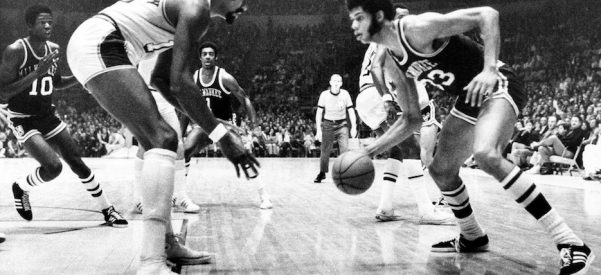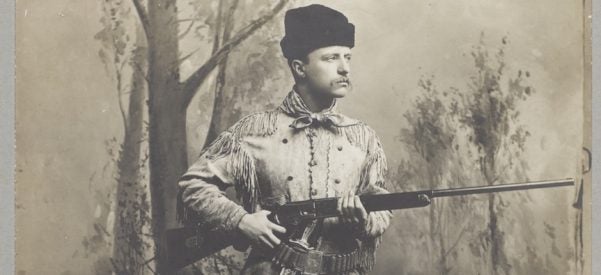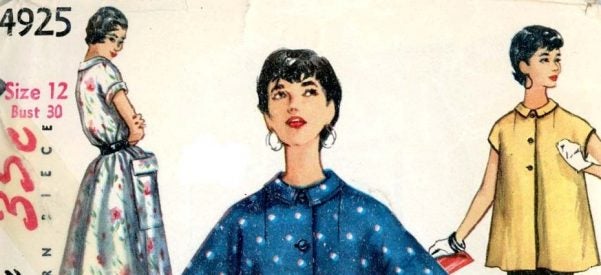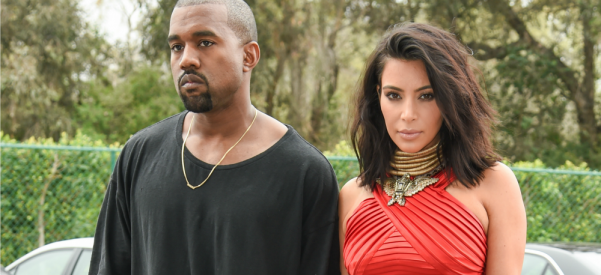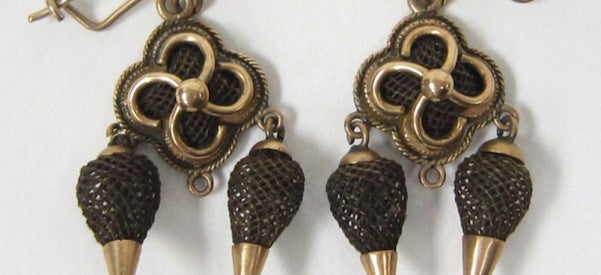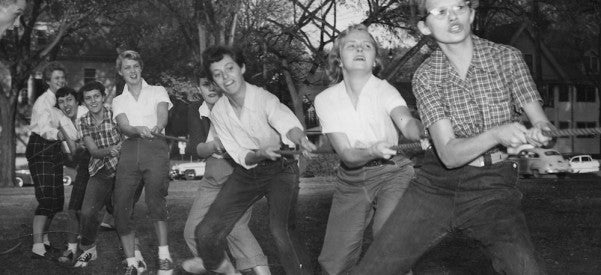The One-Size-Fits-All Sock That’s a Democratic Fashion Statement
Originally Marketed as Sportswear, the Tube Sock Became a Stylish Accessory Thanks to Farrah Fawcett and Kareem Abdul-Jabbar
If you’re an American down to your toes, those toes have probably been clad in tube socks at one time or another.
These once-ubiquitous, one-size-fits-all socks are a product of Americans’ simultaneous love of sports, technological innovation, and nostalgic fashion statements.
The tube sock’s trajectory is knitted into the growth of organized sports in America, particularly basketball and soccer, both of which were popularized around the turn of the century. Basketball was a new and uniquely American diversion, played in YMCAs and …


